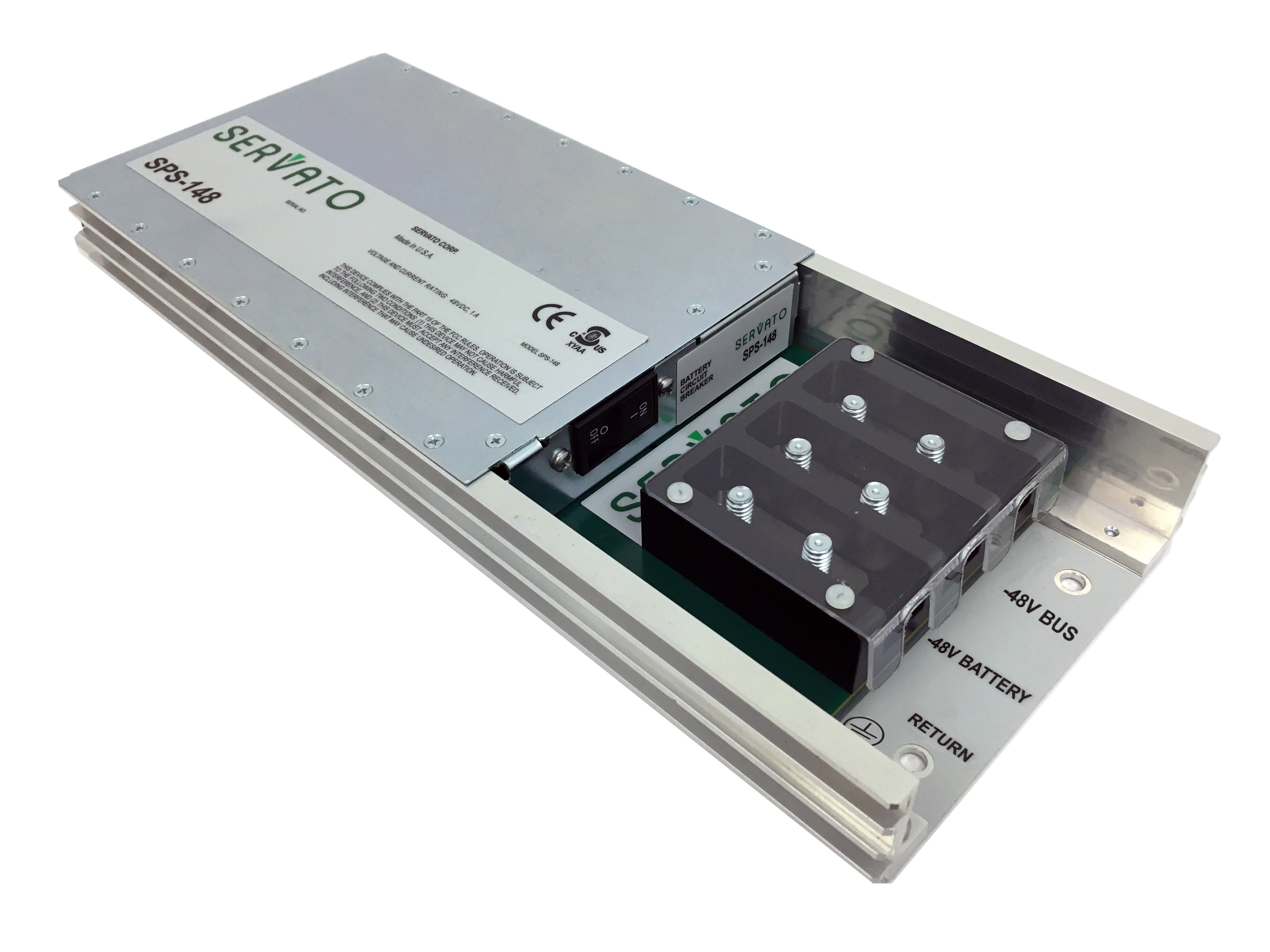Adaptive Charging: The Inefficiencies of Continuous Float Charging (Part 1 of 4)
This article originally appeared in the 2Q17 edition of Battery Power Magazine. The article is published on our blog in 4 parts. You can access the full article here.
The accelerating growth of Internet of Things (IoT) devices and applications require continuous investment in telecommunications networks to provide the connectivity for millions of new devices. As more devices connect to the Internet, service outages become more impactful to the people and businesses that rely on IoT applications. Safeguarding telecom networks from power outages is the Valve Regulated Lead Acid (VRLA) battery. Stationary VRLAs are ubiquitously used at broadband, wireless and cable sites, and millions are in service across the country. Unfortunately, almost all of these batteries, and thus the sites that depend on them, are vulnerable to a reliability-damaging standard: float charging. While float charging will maintain batteries at full charge, it can have a damaging impact on the service life of the battery, which introduces risk and increases maintenance costs. There is a better way to charge batteries, Adaptive Charging, that mitigates the degrading effects of float charge, extending battery life and reducing maintenance costs.
[…]






